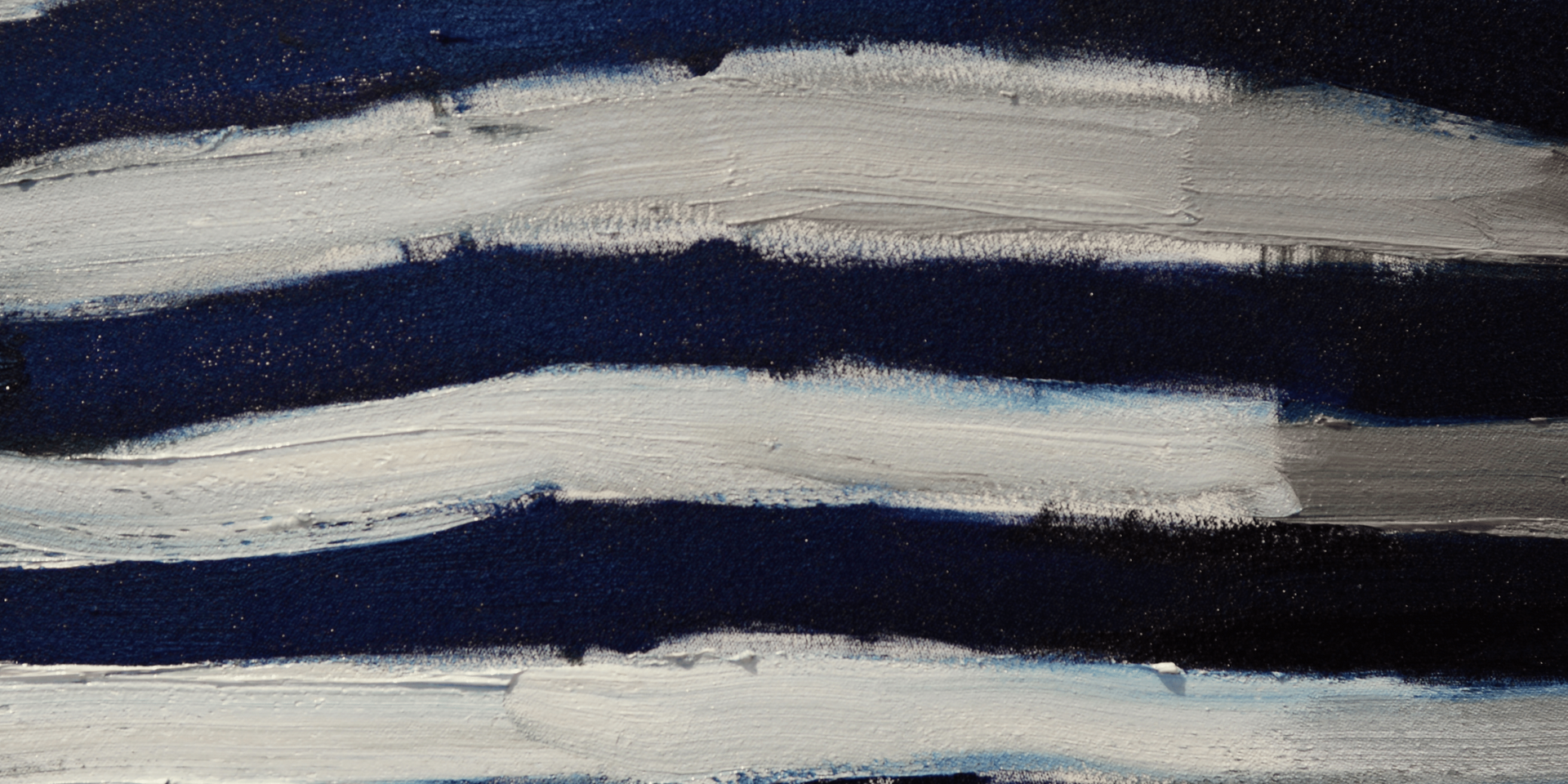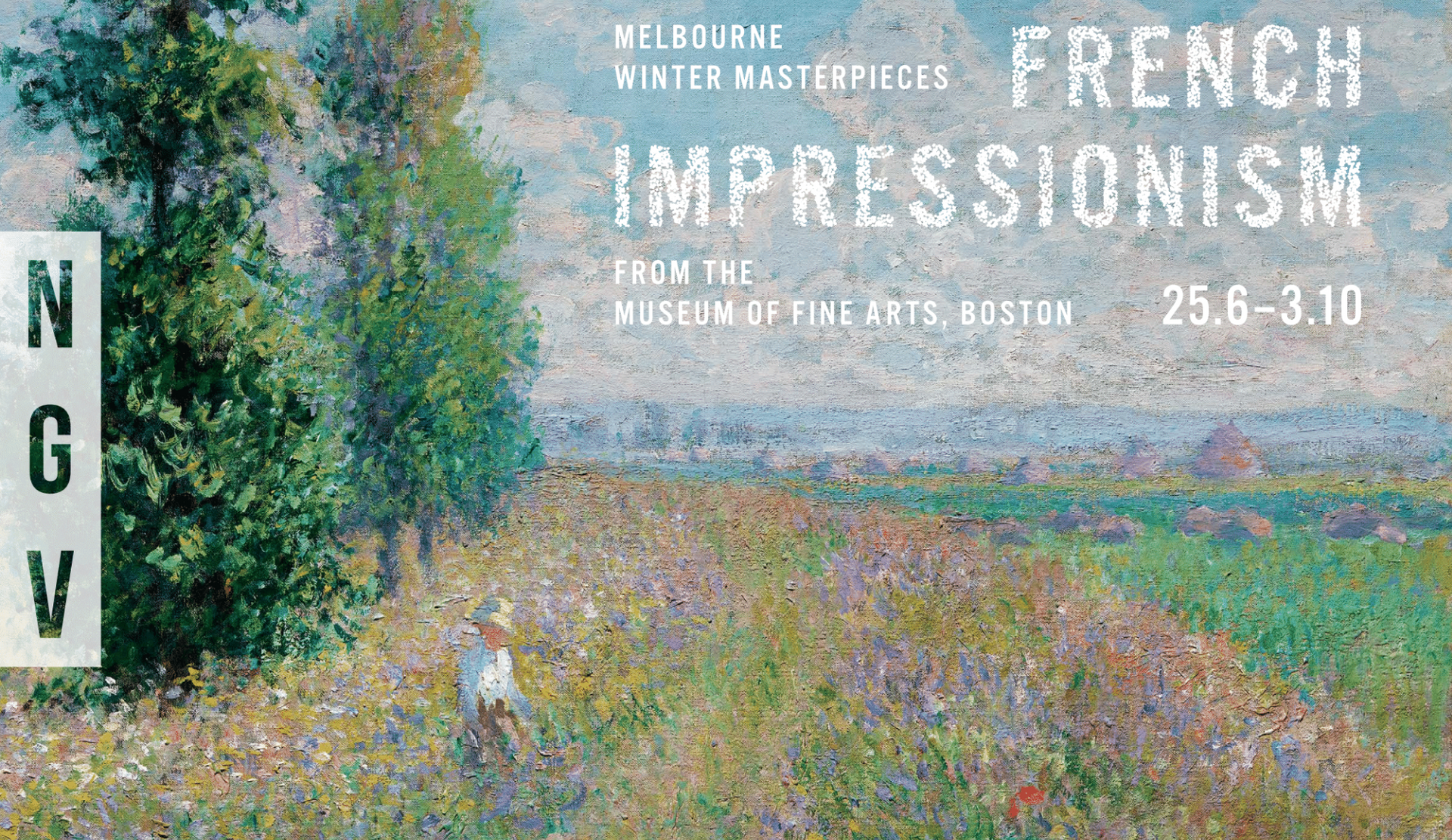Le Beret
A hat for the sun, beanie for the cold, a béret for the French?
Traditionally, headwear is known to be practical, functional, protective, and sometimes stylish, the béret is all that and more. Made of wool, it keeps your head warm while elevating any outfit, but the béret transcends fashion or practicality, it’s an integral part of French culture and identity.
Originating from the Basque region of France and Spain, the béret was adopted by civilians as an efficient shield from the weather. Towards the late 19th century the béret was integrated into the military uniforms, especially for the elite forces such as the Chasseurs Alpins (Alpine Hunters). The béret for soldiers, similarly to the peasants, was chosen for its practicality and ability to withstand diverse weather and terrain. Slowly as its efficiency was fully realised it spread into the remaining ranks of the French military and became a significant token of French troops.
Fond of resistance, retribution and resilience, French citizens transformed the military representation of the béret and created a lasting cultural symbol, representing intellect, flair and individuality. The early 20th century saw artists, musicians and authors alike adopt the béret as a way to not only as a socialist comment on military power and control but to differentiate their personal style from those around them, choosing varying colours and patterns of the béret to express themselves.
Although in our contemporary society the béret exists less as a message to the people to fight the power, it still retains its symbolism of individuality. Adopted by the fashion world as a key element of design, the béret has become synonymous with chic modernism or classic elegance. In their Fall/Winter collection of 2017 French Luxury label Coco Chanel featured bérets of various materials including classic wool and tweed, and Christian Dior’s Spring/Summer collection of 2017 styled the classic béret with flowing dresses and statement accessories highlighting the versatility of the béret and its ability to remain timeless and ever evolving to the attitudes of society.
Today the béret remains relevant, worn by both men and women as a stylish accessory and by certain military units, usually during ceremonial events and national holidays. Its enduring popularity ensures the béret will always remain a symbol of French identity as its fusion of tradition and self expression represent French culture, heritage and pride.


The Bastille Day French Festival is grateful for its sponsors, whose support is essential to the success of the event. These sponsors are outstanding businesses from Australia, France, and around the world.
our sponsors
Bastille Day French Festival Melbourne respectfully acknowledges the Traditional Owners of the land, the Boon Wurrung and Woiwurrung (Wurundjeri) peoples of the Kulin Nation and pay respect to their Elders past and present.
Website built by Studio Morellon
All Rights Reserved | Bastille Day French Festival Melbourne







